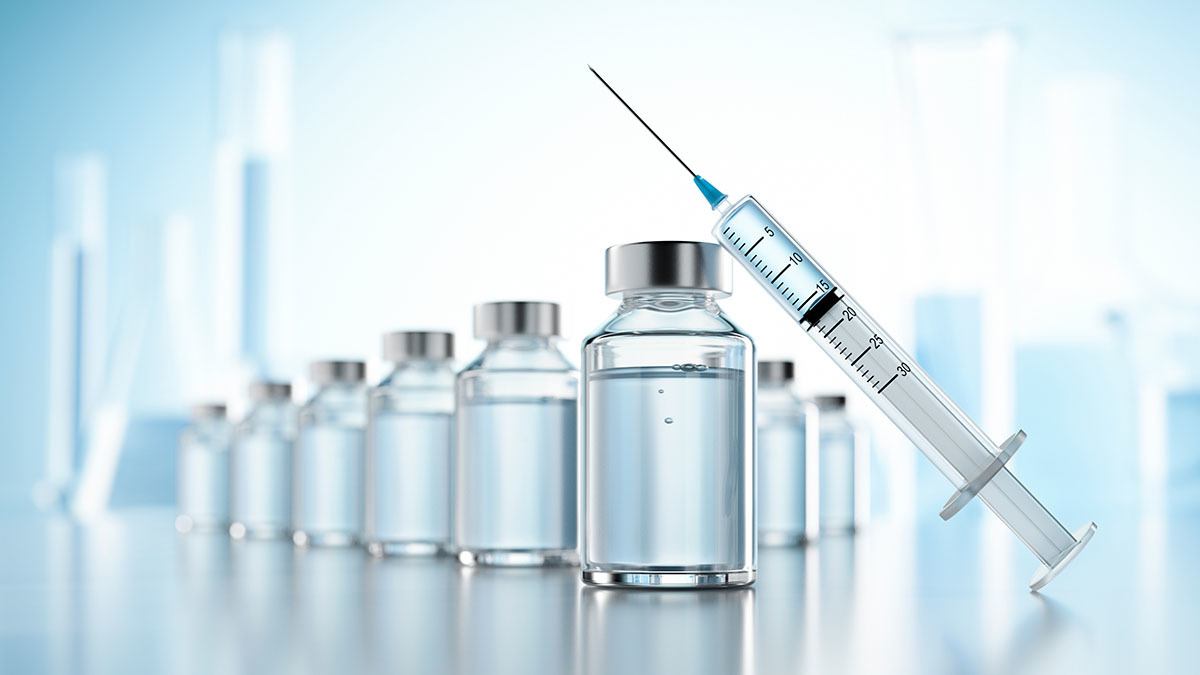
Understanding Extractables and Leachables Testing and Analysis

In this blog, published in partnership with AnalyteGuru, authors Derek Wood, associate director, extractables/leachables and GC/MS services, and Aaron Lamb, vertical marketing manager pharma & biopharma, provide an overview of extractables and leachables and explain their importance in the drug development process.
Understanding extractables and leachables (E&L) information is a critical part of the biopharmaceutical development process. E&L testing refers to identifying chemicals and contaminants that can infiltrate drugs – from manufacturing, packaging, and drug delivery mechanisms – and understanding the minimum detection limits and relative concentration for toxicological risk assessment studies. Although E&L testing leads to safer products for consumers, fully understanding what is needed can be a challenge for companies new to it.
In 1999, the U.S. Food and Drug Administration (FDA) provided comprehensive approaches to and guidance on container closure systems for packaging human drugs and biologics. Since then, manufacturers have made a significant effort to design improved and approved materials suitable for pharmaceuticals, as well as best practices on processes for preventing, detecting, and measuring E&Ls. According to Jason Creasey, managing director at Maven E&L Ltd and former head of extractables and leachables at GlaxoSmithKline, operations and analysis are equally important. It is critical to ensure you’re using or designing the right analytical technology for the job, and determine methods and tools (e.g., a detector system) capable of both targeted and non-targeted analysis. Standardization of data and approaches also are becoming increasingly useful.
What follows is a brief primer to better understand E&L. Keep reading to learn exactly what each process entails, additional information on how E&L studies are conducted and the importance of monitoring for them. (Spoiler alert: Ensuring patient safety is key!)
The PPD™ clinical research business of Thermo Fisher Scientific has specialized offerings for extractable and leachable analysis. Our GMP lab has a dedicated and highly specialized team of E&L experts with more than 15 years of experience, including overall E&L study design/consulting, container/closure selection and manufacturing process qualification and validation. Thermo Fisher Scientific also offers differentiated solutions for E&L analysis from ultra-inert consumables, sample boosting chromatographic systems and high sensitivity detectors.
This article is reposted with permission from AnalyteGuru, part of Thermo Fisher Scientific.
What are extractables?
To study the risk of materials, extraction studies are performed, generally using aggressive solvent conditions, including acidic, basic, organic and aqueous solvents, and Soxhlet, or accelerated solvent extraction.
It is important that the extraction process does not deform the material of interest. Compounds present in the resulting extracts are called “extractables.” Extractables studies are typically performed to create a “worst-case scenario” and assist in materials selection and early risk assessment.
What are leachables?
Leachables are chemical species that make their way into the product under normal product, application or storage conditions.
There is generally an overlap such that the leachables involved may be classified as a subset of the extractables. Forced or accelerated leachable studies can be performed to assess leachables that migrate under simulated environmental conditions by analyzing the drug formulation after exposure to elevated temperature.
However, if the leachable interacts with the drug product or packaging materials, new components can be present. These are termed secondary leachables. Drug formulations often contain buffers, surfactants, fillers and other excipients. This complexity means there sometimes are secondary leachables that only can be identified after long stability studies over the typical drug shelf life.
Why is it important to monitor for extractables and leachables?
Accurate identification of E&L compounds is vital to ensure that products we consume or use are safe. It also safeguards against potentially harmful chemicals being absorbed into a finished drug product, medical device, or food contact material when it is manufactured, packaged or stored.
What are Thermo Fisher’s differentiators in the field of extractables and leachables? Where can I find more information?
Thermo Fisher Scientific offers differentiated solutions for extractable and leachable analysis from ultra-inert MS certified consumables, chromatographic systems that can boost sample throughput and detectors that detect the seemingly undetectable.
The company’s ultra-high resolution mass spectrometry systems allow confident identification of unknowns, especially when used in combination with extensive E&L high-resolution accurate mass libraries (HRAM), such as m/z cloud (which is free to use). Automated software workflows make identifying extractables quicker and easier without the need to do extensive manual data interrogation. The company also offers a dedicated e-learning center.
Our GMP Lab, which offers PPD™ Laboratory services, has been designing and conducting E&L studies for more than 20 years. Its extensive breadth and depth of experience has helped many clients meet regulatory requirements and successful product submissions every year. The large, E&L-dedicated teams in Middleton, Wisconsin, and Athlone, Ireland, work together seamlessly to customize E&L programs for global drug development programs of all sizes.